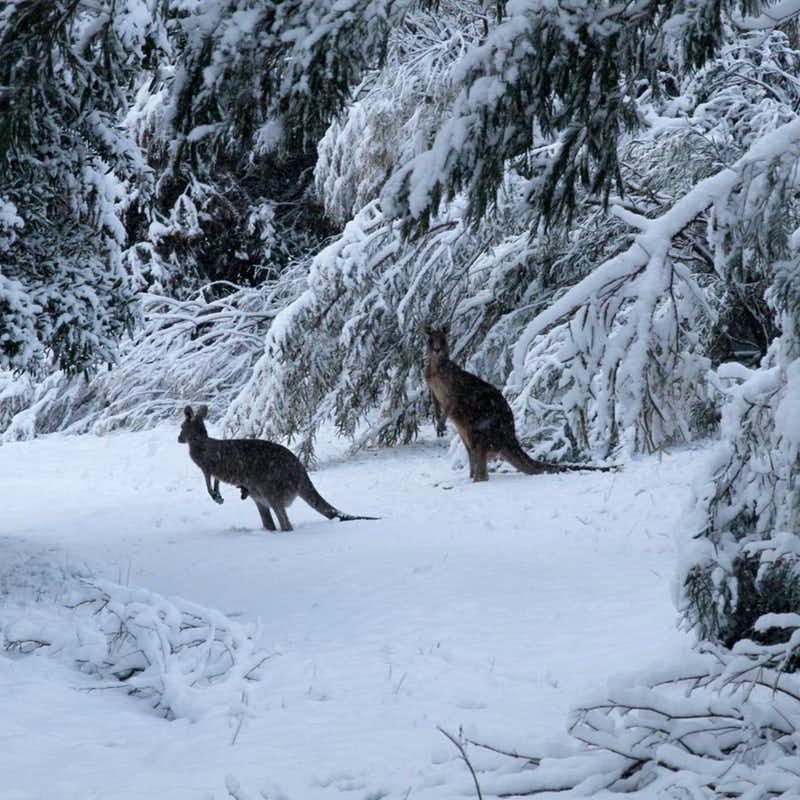Learn About the History Behind Snow In Australia and Its Snowy Landscapes
Learn About the History Behind Snow In Australia and Its Snowy Landscapes
Blog Article
Comprehending the Importance of Snow in Australia for Farming and Tourism
While Australia is usually linked with sun-kissed coastlines and arid wilderness, it also flaunts a wealth of snowy towering areas. The snow that blankets these regions is even more than a stunning landscape feature. It functions as a lifeblood for the country's agriculture and a driving force for a financially rewarding tourist market. As we explore this unusual crossway, the prospective effect of moving environment patterns on Australia's snowfall and its subsequent impacts become a compelling emphasis.

The Unanticipated Snowfall: Australia's Alpine Regions
When winter months cloaks the globe, Australia's Alpine areas wear a white mantle of snow, a spectacle that seems nearly paradoxical in this dominantly sun-baked land. Contrary to the stereotypical photo of Australia as a land of coastlines and deserts, these regions supply a attractive and unexpected contrast. The Australian Alps, stretching throughout New South Wales, Victoria, and the Australian Capital Area, obtain more snowfall than Switzerland. This unforeseen winter season heaven supplies a special ecological community, providing a habitat for numerous native species and a snowy play ground for winter months sporting activities fanatics. The yearly snowfall, although not as plentiful as in some countries, is an essential aspect of Australia's climate diversity and plays a considerable role in the nation's farming practices and tourist sector.
Winter season's Bounty: Snow's Payment to Australia's Water Resources
Despite its rarity in the broader landscape of Australia, snow in the Towering regions plays a vital duty in the country's water resources. This is specifically essential for Australia, a continent regularly plagued by dry spells. Without the bounty of winter snow, Australia's water resources would be substantially strained, influencing both the setting and the population.
White Covering, Eco-friendly Area: The Effect of Snow on Australian Agriculture
Although much less visible, the influence of snow on Australian farming is considerable. Snowfall in the high country works as an all-natural type of watering, slowly melting and supplying a consistent supply of water to lower-lying farmland. This water-rich environment fosters click for info the growth of durable crops, adding to the country's farming productivity. Additionally, snowfall improves soil click to read health and wellness by presenting dampness and trapping nutrients, which are progressively released as the snow melts. This process enriches the dirt, fostering the growth of much healthier, much more durable crops. In addition, snow cover works as a protective blanket, protecting the ground against extreme winter season temperature levels that might otherwise harm plants. Hence, the function of snow in Australian agriculture is both diverse and vital.

Money: Snow Tourism and Its Economic Relevance in Australia
While the value of snow to Australian agriculture is commonly underestimated, its contribution to the nation's tourist market is without a doubt considerable. The snow-laden heights of Australia's towering regions draw in a flurry of travelers every winter season, contributing millions to the nationwide economic climate. Hence, the financial importance of snow tourism in Australia expands far beyond the slopes.
Future Forecast: Environment Adjustment and Its Possible Effects on Australia's Snowfall
As the world faces the reality of environment adjustment, so too has to Australia contemplate its potential impacts on the country's snowfall. Existing clinical models forecast a decline in Australian snowfall, with possibly extreme influence on both agriculture and tourism. In some useful content locations, the snow season can be reduced by up to 80 days by 2050. Such modifications endanger the stability of Australia's ski market, which adds significantly to the neighborhood economic situation. Much less snowfall might likewise influence the country's farming field, as snowmelt plays a vital role in watering crops. The prospective impacts of these modifications highlight the seriousness of environment adjustment reduction initiatives, both in Australia and internationally.
Final Thought
In final thought, snow is a critical component of Australia's farming and tourism industries. The looming threat of climate change elevates worries regarding the future of Australia's snowfall patterns, possibly interfering with these significant financial sectors.

When winter months capes the globe, Australia's Alpine areas put on a white mantle of snow, a spectacle that appears nearly paradoxical in this dominantly sun-baked land.Regardless of its rarity in the more comprehensive landscape of Australia, snow in the Alpine areas plays a critical role in the country's water sources. Without the bounty of wintertime snow, Australia's water resources would be significantly stressed, influencing both the populace and the setting.
Hence, the financial value of snow tourism in Australia prolongs much beyond the inclines.
In final thought, snow is a crucial aspect of Australia's agricultural and tourism industries. Snow In Australia.
Report this page